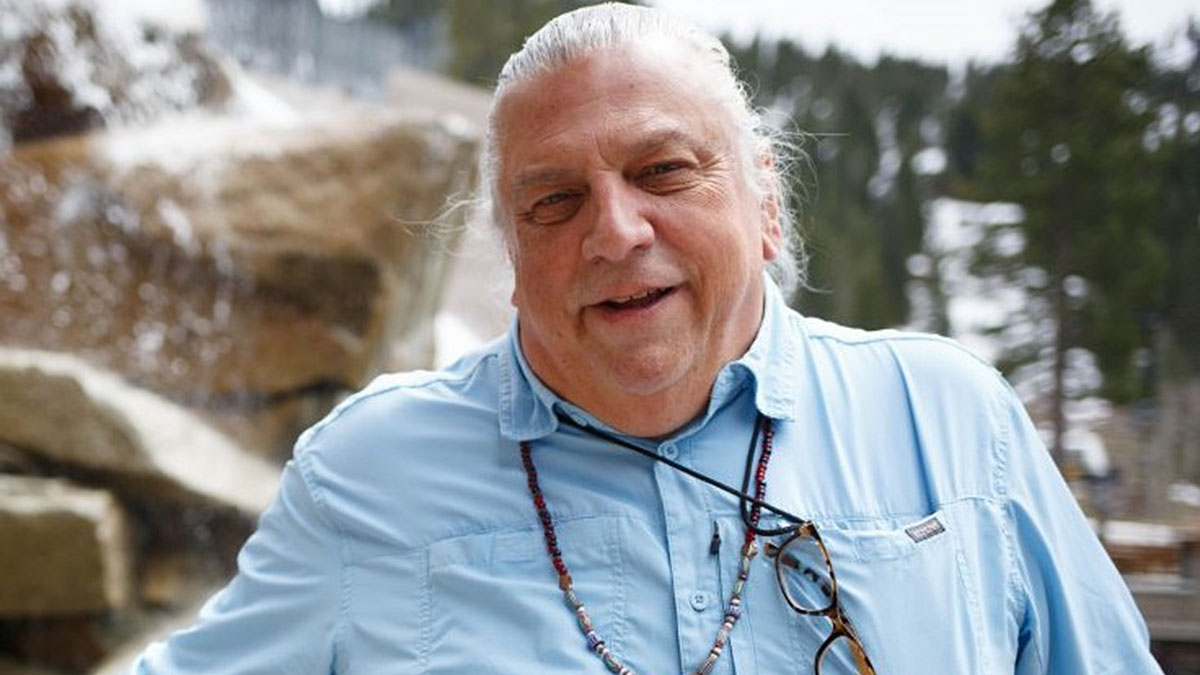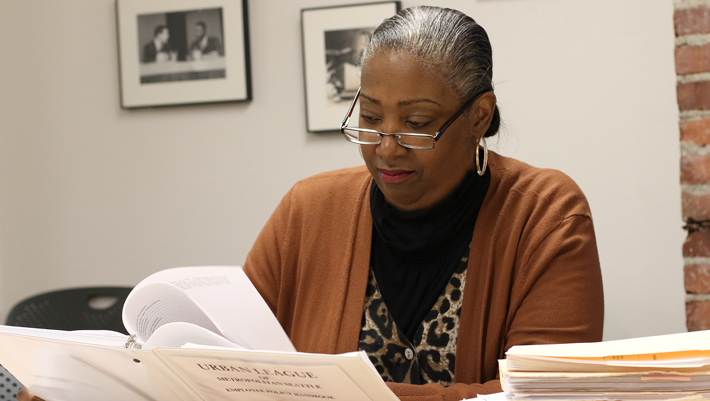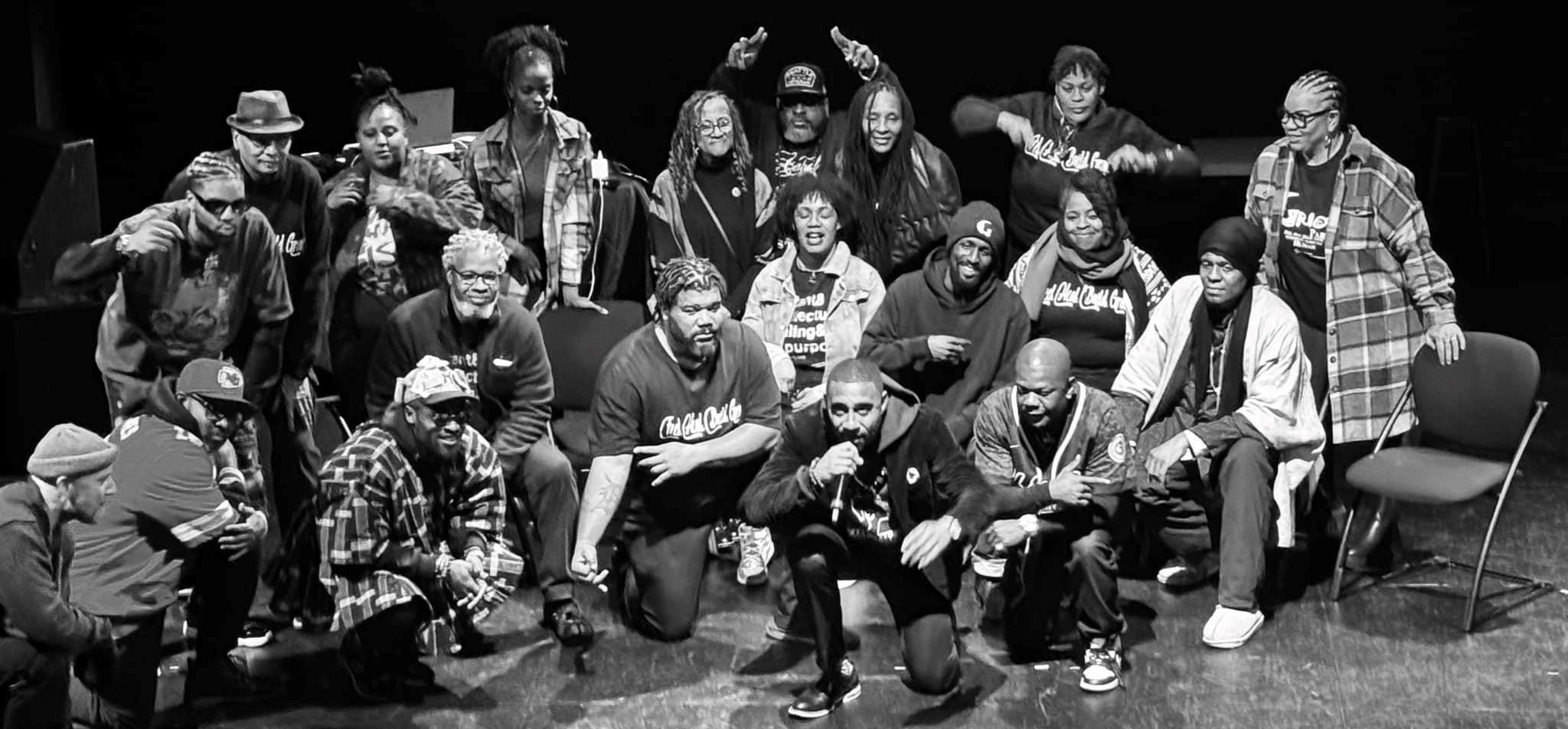
In celebration of Native American Heritage Month, we are hosting a series of profiles and stories to amplify and honor people, businesses, organizations, stories, and projects connected to Seattle’s Indigenous community.
by James Rasmussen
My life is committed to protecting the traditional homelands of my people, the Duwamish Tribe. For more than 30 years, I have advocated for the restoration of critical environmental habitats, including the clean up of the Duwamish River—a slender vein that winds upward, connecting Tukwila to Elliot Bay. That vein was once a critical artery, connecting communities and resources, and it still connects us across centuries to the original people of this land.
My life is committed to this place and these waters because this is where my roots dig deep. My people have always tended the land of what is present-day King County. For more than 10,000 years, they have cultivated and protected it, working as its keeper until they one day return to it. Generation after generation, we are born here, raised here, and we take our last breath here; our bodies eventually becoming part of the soil and forests.
My life is committed to this place because it is where my ancestors reside. When I was young, I often fished the Duwamish River with my grandfather, treading the same land as many of my relatives before me. As we would watch the water and await the day’s catch, my grandfather would remind me of my place within this world. He would say, “The animals, the critters, the salmon—they are our cousins, our family.” I was just one being in a big network of living things. Even the cedars, quiet and looming, were alive with our people.
Those lessons my grandfather shared have stayed with me throughout the years, and have driven me to fight for the health of our waters, and the continuation of our Indigenous ways of life. My people are the historical stewards of this land and we have never left our post. I continue that legacy today as an environmentalist and advocate working to lift up not only my Tribe but all people of color, low-income people, and the diverse immigrant communities that now live here, contribute to the health and resilience of our community, and rely on the same River my people do.
The Duwamish River once sustained the Duwamish Tribe—the People of the Inside—and it was full of life. Fish swam here, birds nested here, people thrived here, plants flourished. But since the beginning of the 20th century, the River has been polluted—chemicals, runoff, and industrial waste destroying its delicate ecosystem. The animals stopped coming, the banks no longer buzzed with life or bloomed with the spring. The River became a waterway, no longer a major artery on which people and animals alike survived. Today, we still cannot eat from the River that fed our ancestors—crab, shellfish, bottomfish are often still too dangerous for consumption.
But there is hope: Seattleites, environmentalists, nonprofits, and community leaders have worked tirelessly for the past twenty years to clean up the Duwamish River. Today, we are seeing signs of life, and while the River may never be what it once was, I believe it will once again nourish our communities.
One way we can ensure the longevity and the health of the Duwamish River is by continuing to honor Indigenous knowledge. The Duwamish Tribe will continue to be important to the long-term success and health of the River, and should be partners in its restoration and conservation. As the First People of Seattle and greater King County, no one knows it better—since time immemorial the Duwamish have lived here and will continue to for many generations.
The Duwamish Tribe, like the River that carries our name, is not lost to history.



